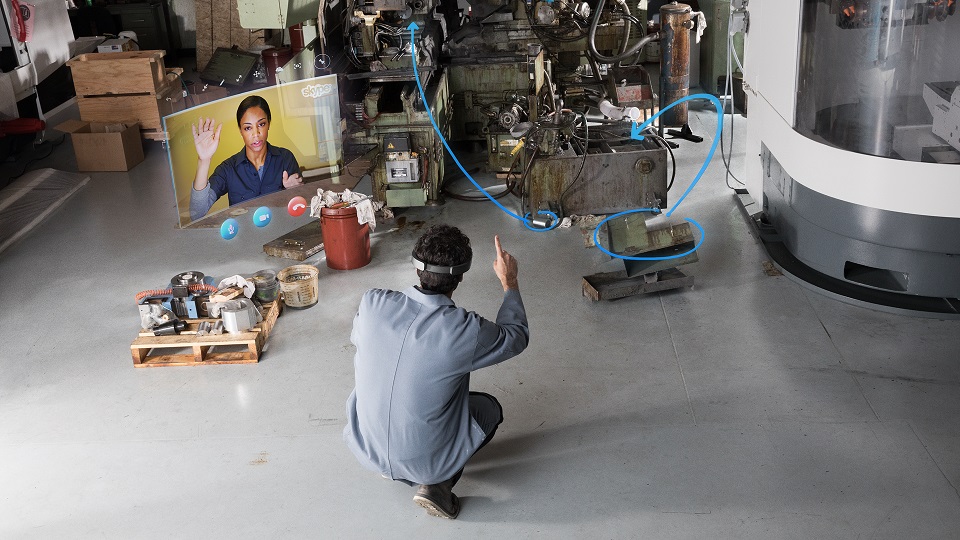March 22, 2018
In today’s world, corporate social responsibility is far from being a set of meaningless buzzwords and many businesses have adopted a more environmentally concious stance towards their practices. Despite this, UK industry, services and transport are predicted to account for 213 metric tonnes of CO2 in 2018, which is 62% of the overall emissions for the UK . Overall CO2 emissions are set to fall steadily but what if you could reduce your firm’s carbon footprint even further and faster? VR and AR technology may be the solution you are looking for.
Travel
Travel is one of the biggest contributors to carbon emissions in the UK making up a third of overall emissions and it also costs UK businesses around £39 Billion per year . This is the area where VR and AR can have the biggest impact. There are a number of ways in which VR and AR technology could be leveraged to cut emissions and save your firm money in this area:
Meetings
Travelling to meetings both domestic and international will generate a good chunk of a firm’s total emissions overall and the travel expenses accrued can be quite costly. Virtual reality could help to slash these costs by allowing employees to attend meetings and work remotely from home with no need to travel. Meetings could be set up with prospective clients around the world and with augmented reality technology it would be as if they were in the same room using low latency projective overlays, allowing your firm to become global overnight.

Mobility
Virtual and augmented reality tools would allow you to deploy experts to any corner of the world. You would be able to get boots on the ground quickly in a wide variety of situations like land surveyor, medical emergencies or even something as drastic as bomb disposal. This has the added benefit of making your firm and employee incredibly flexible and adaptable. They would be able to use their skills regardless of their current location and in the future even tasks that require the finest motor skills like surgeries could be performed remotely once haptic feedback technologies can provide life-like tactility. VR and AR would also facilitate the delivery of training to employees which would reduce overall travel cost and impact as well.

Manufacturing
The actual creation of a product requires a great deal of travel as well. When you factor in that this includes the shipment and delivery of parts for assembly and then the delivery from the factory to the point of sale the emissions certainly mount up. For example, a basic Citroen C1 creates 6 tonnes of CO2 before it leaves the factory . The application of VR and AR in these cases could also help to drastically reduce CO2 emissions during this phase. Using AR to create and edit a life size concept of a product will help to reduce wastage in the long run and the less new parts that need to be shipped around world the better.
VR/AR shopfloors and showrooms could also be used to decrease the environmental impact of moving your products around as customers could try them in a VR demo or view them with an AR app and then order directly from you, cutting down on the time spent in transit which will be cheaper for you and better for the environment.
These are just a few of the ways that VR and AR can help your business save money and the planet!
If you have an idea you want created get in touch with us and we can bring it to life. Whether it’s a quick prototype, a full product or even just to brainstorm, our team will be here to help. From the beginnings of your prototype to the final product we can support you with professional advice and delivery.





